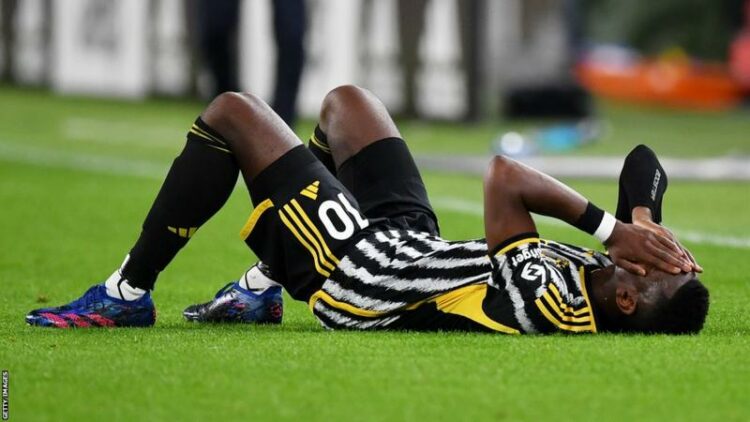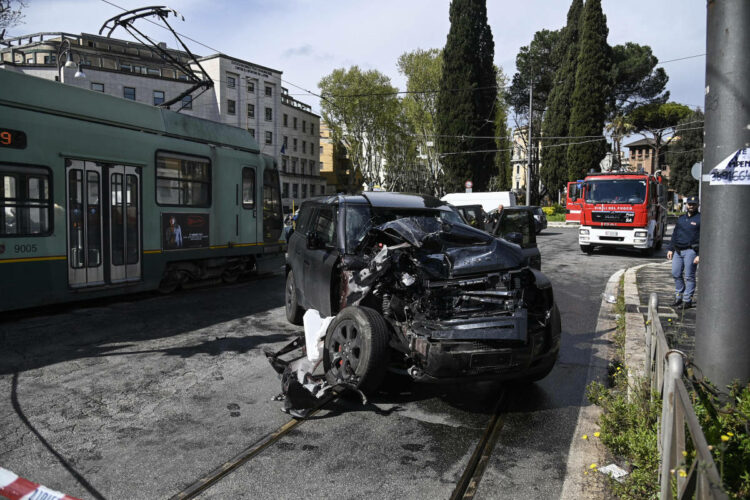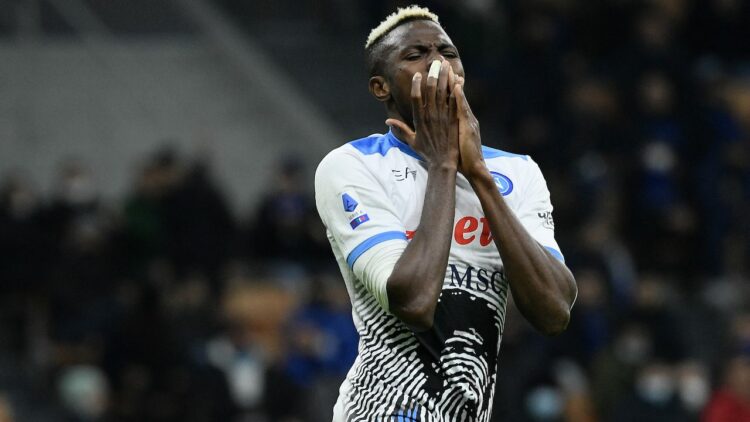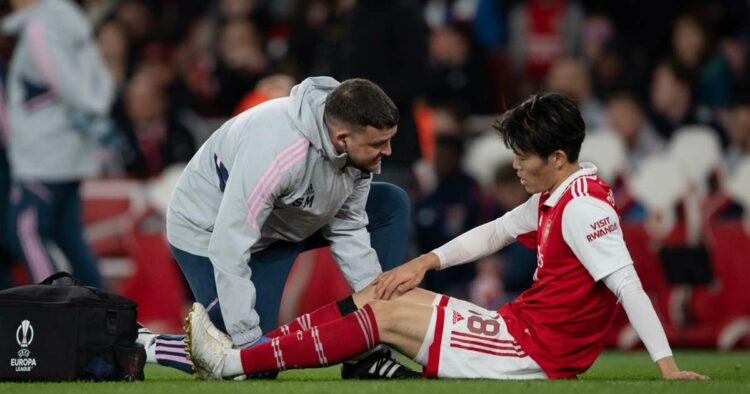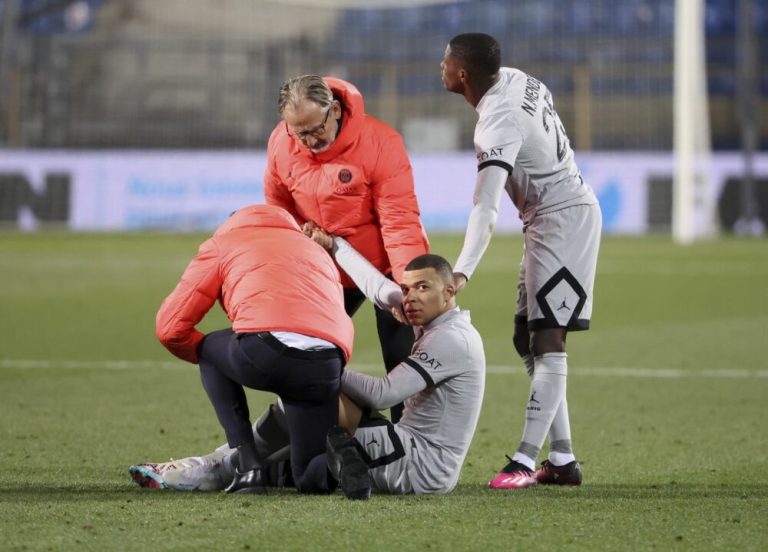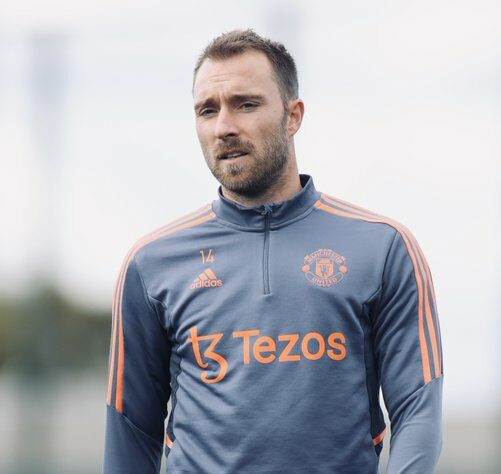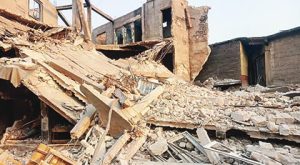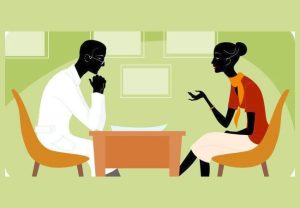LARA ADEJORO writes that a new wireless interface technology is offering hope to individuals with...
injury
Juventus midfielder Paul Pogba suffered an injury setback on his much-anticipated return to competitive...
Godfrey George feels the pulse of a former U-17, Mbetobong Ibanga, striker who now...
Lazio’s Ciro Immobile survived a car accident on Sunday morning in Rome. The Italian...
Napoli striker, Victor Osimhen, will miss the first leg of the Champions League quarter-final...
Takehiro Tomiyasu will miss the remainder of Arsenal’s push for the Premier League title...
Chelsea captain Cesar Azpilicueta thanked the club’s medics, his teammates, and staff at the...
Chelsea captain Cesar Azpilicueta was set to stay in hospital overnight after being kicked...
Kylian Mbappe has been ruled out for three weeks with a left-thigh tear and...
Manchester United midfielder Christian Eriksen could miss most of the remainder of the season...

